-
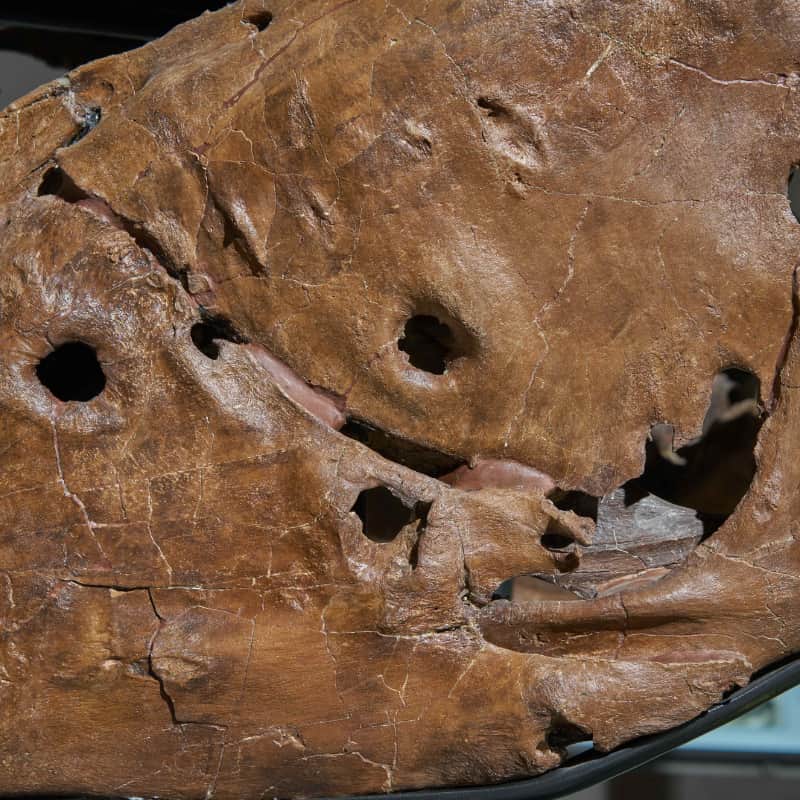
A mystery of tyrannosaur proportions
Pathology is one of the most difficult things to unravel in an extinct organism.
-
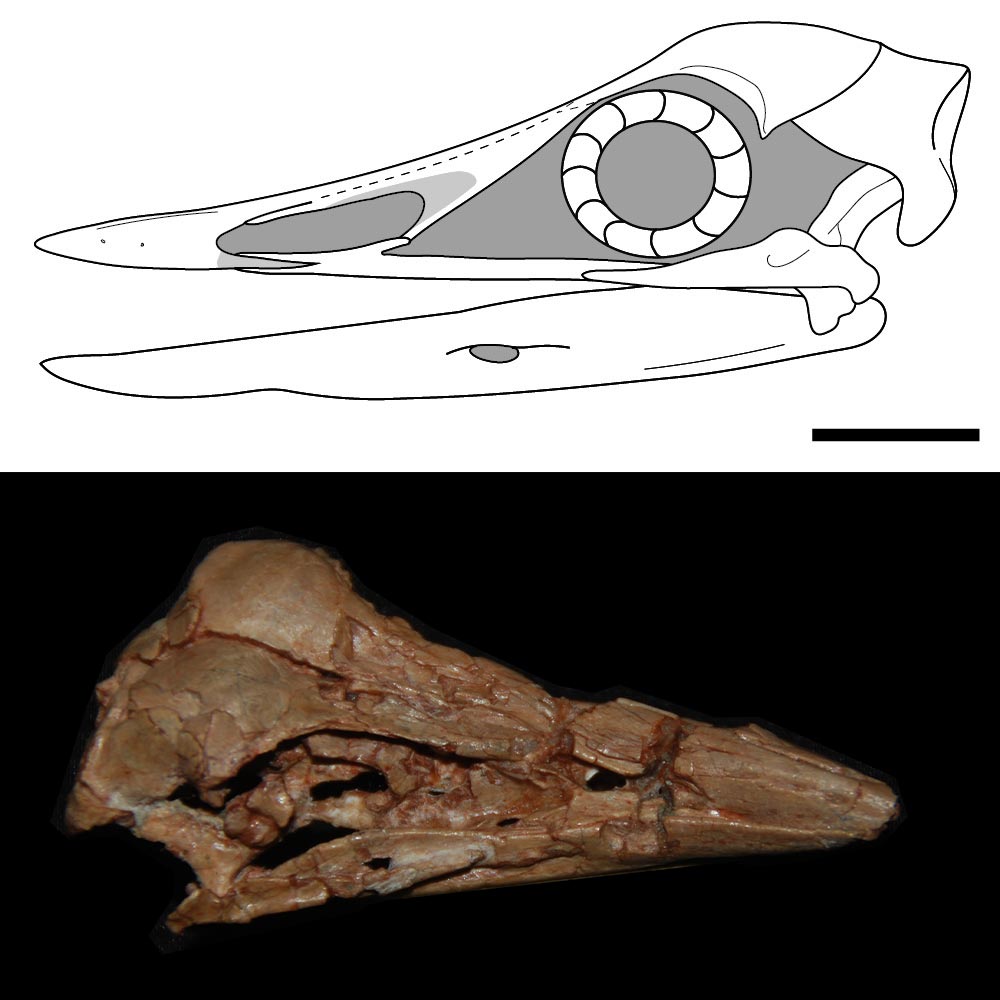
Best preserved Late Cretaceous enantiornithine
Late Cretaceous fossil birds are rare. When found, they are usually very incomplete hindering attempts to understand broad trends in avian evolution across the Cretaceous.
-
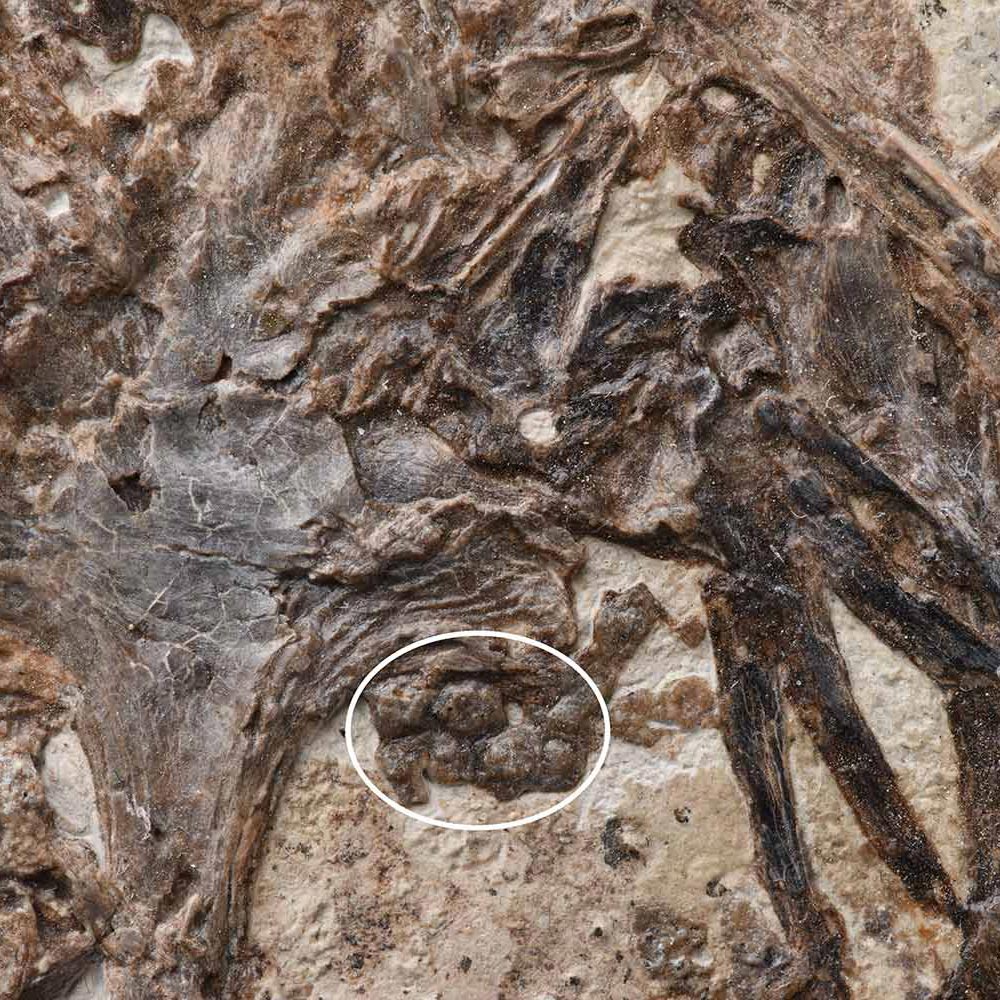
Mystery of the stomach crystals
There is almost no evidence of enantiornithine diet in the form of ingested remains. This is strange because thousands of well-preserved specimens have been recovered and such evidence exists for contemporaneous ornithuromorphs known from far fewer specimens. As such, any evidence pertaining to enantiornithine diet and digestive function is important.
-
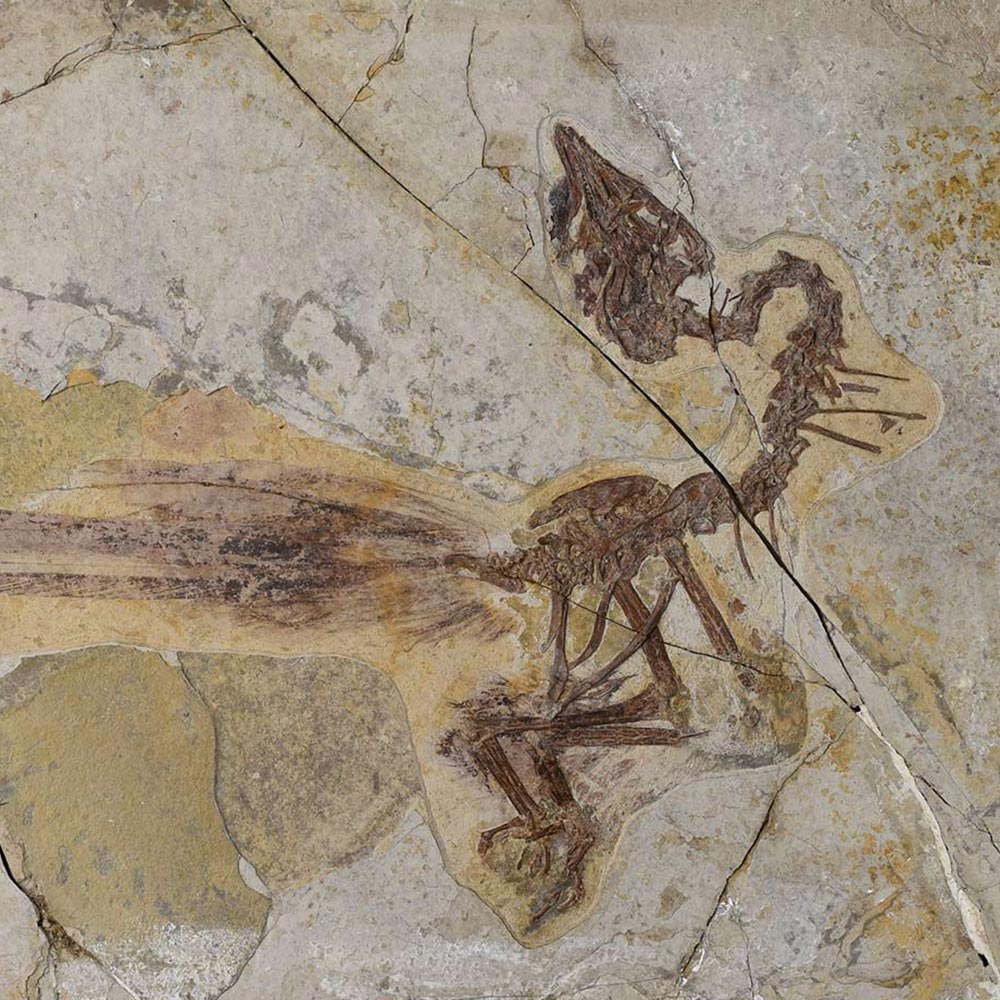
Enantiornithine with sexy tail
The tail is the most diverse part of a bird’s plumage – this is because while the tail can help in flight, its not essential, and thus free to evolve elaborate sexual ornaments in certain conditions.
-
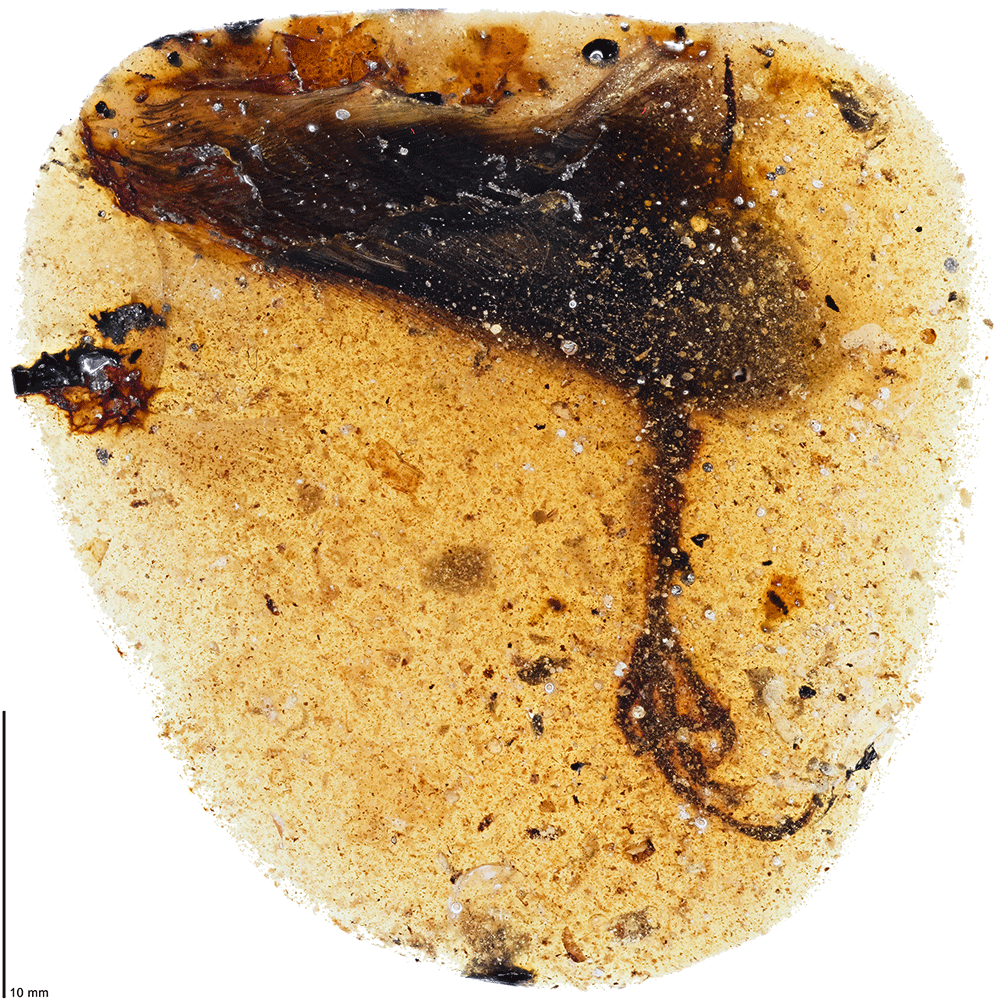
99 Ma birds in amber
Recently our understanding of Cretaceous birds is being expanded by exceptional discoveries of small enantiornithine birds trapped in Cenomanian aged amber from Myanmar. These discoveries include two nearly complete individuals and one isolated hindlimb that represents a new species, Elektorornis chenguangi.
-
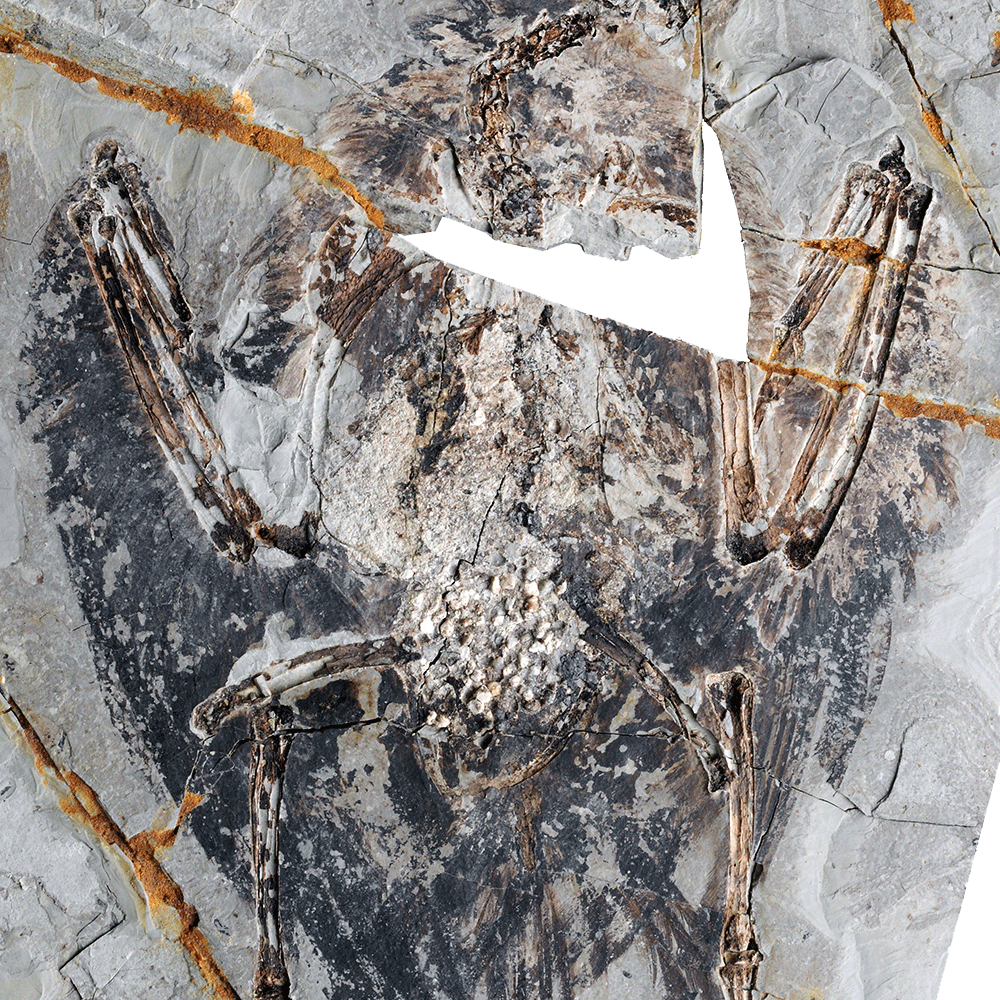
Fossilized lungs
Fossilized soft tissues are rare – even more rare are traces of internal organs (integument like skin and feathers being relatively more common). In an article published in the Proceedings of the National Academy of Sciences U.S.A., I described a specimen of Archaeorhynchus spathula, a primitive ornithuromorph bird, preserving traces of the lung tissue. Scanning electron…
-
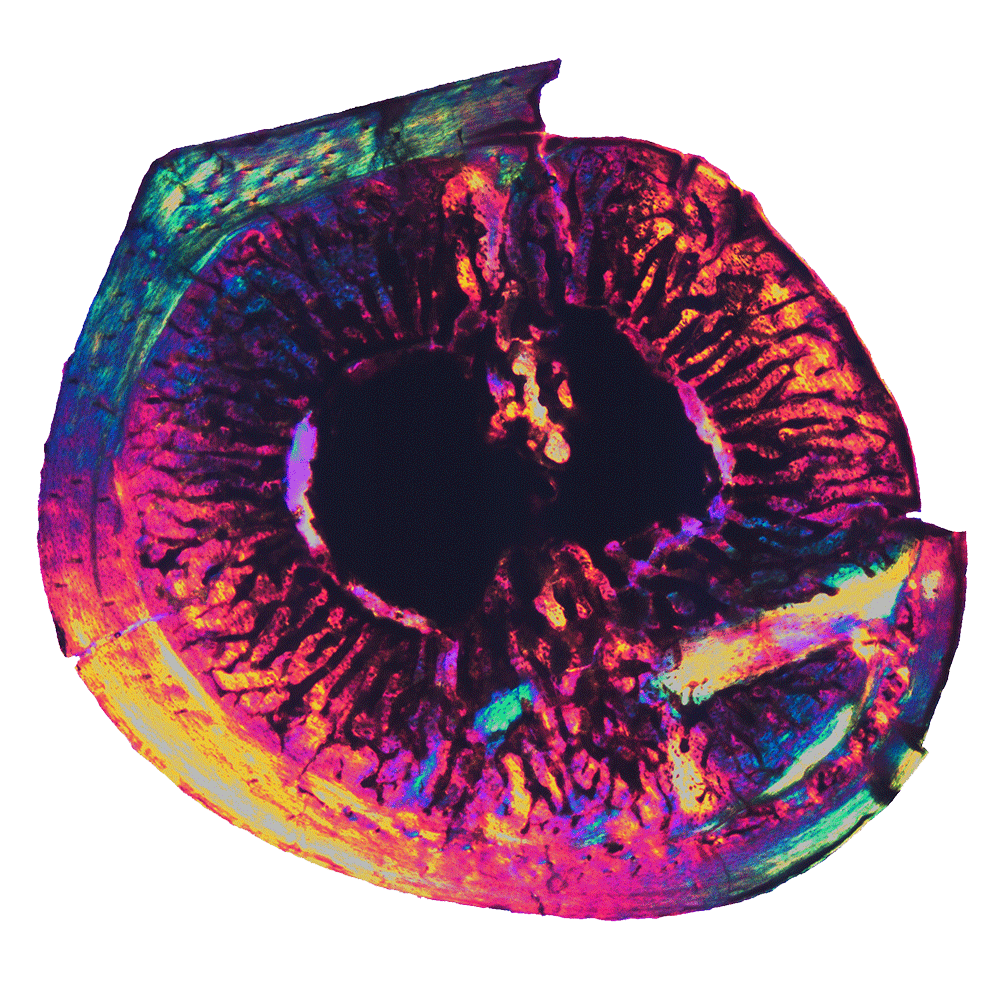
A controversial bone tissue
Since it was described in a specimen of T. rex, medullary bone has been the center of much attention. Medullary bone is a tissue unique to living female birds and found only during the egg-laying cycle that forms in the medullary cavity (and other spaces) inside bones.
-
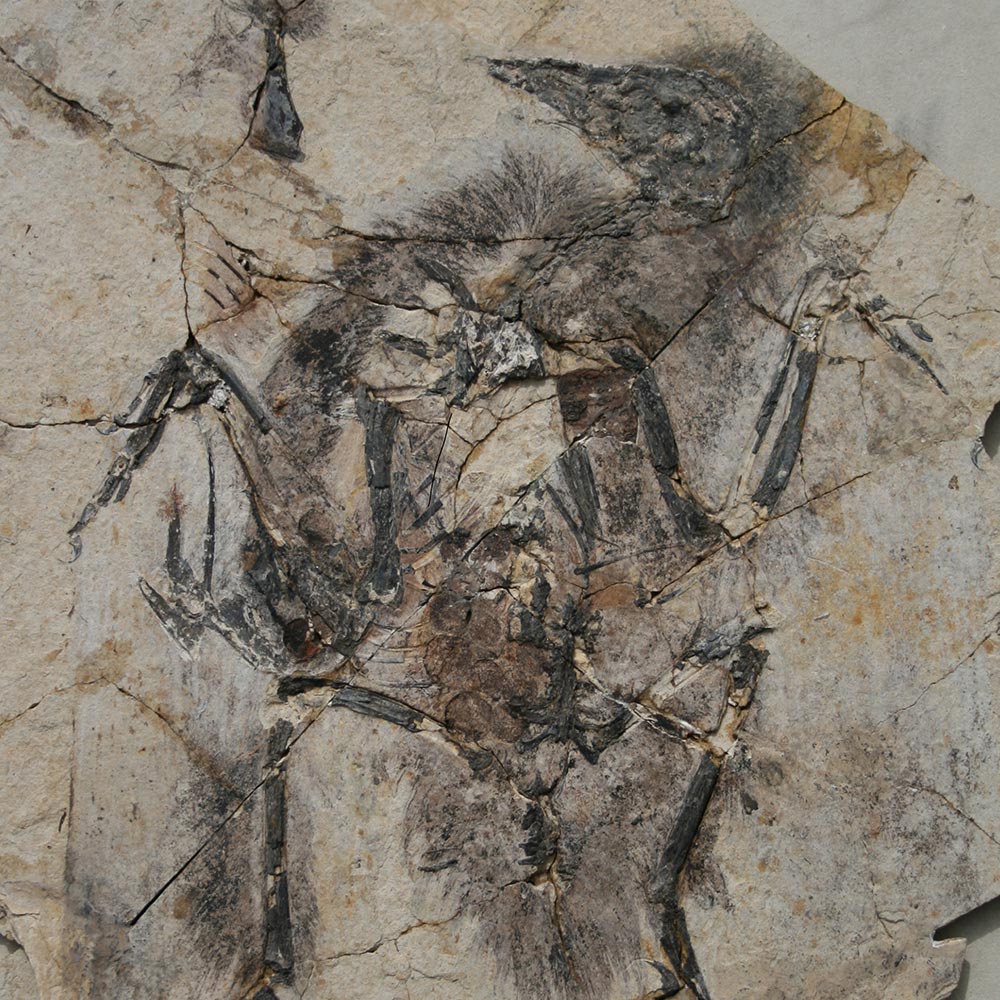
Fossilized ovaries
Modern birds (Neornithes) have a reproductive system that is highly modified compared to other amniotes. They are the only amniotes with a single functional ovary and oviduct (although within Aves there are a few exceptions, such as the Kiwi bird).
-
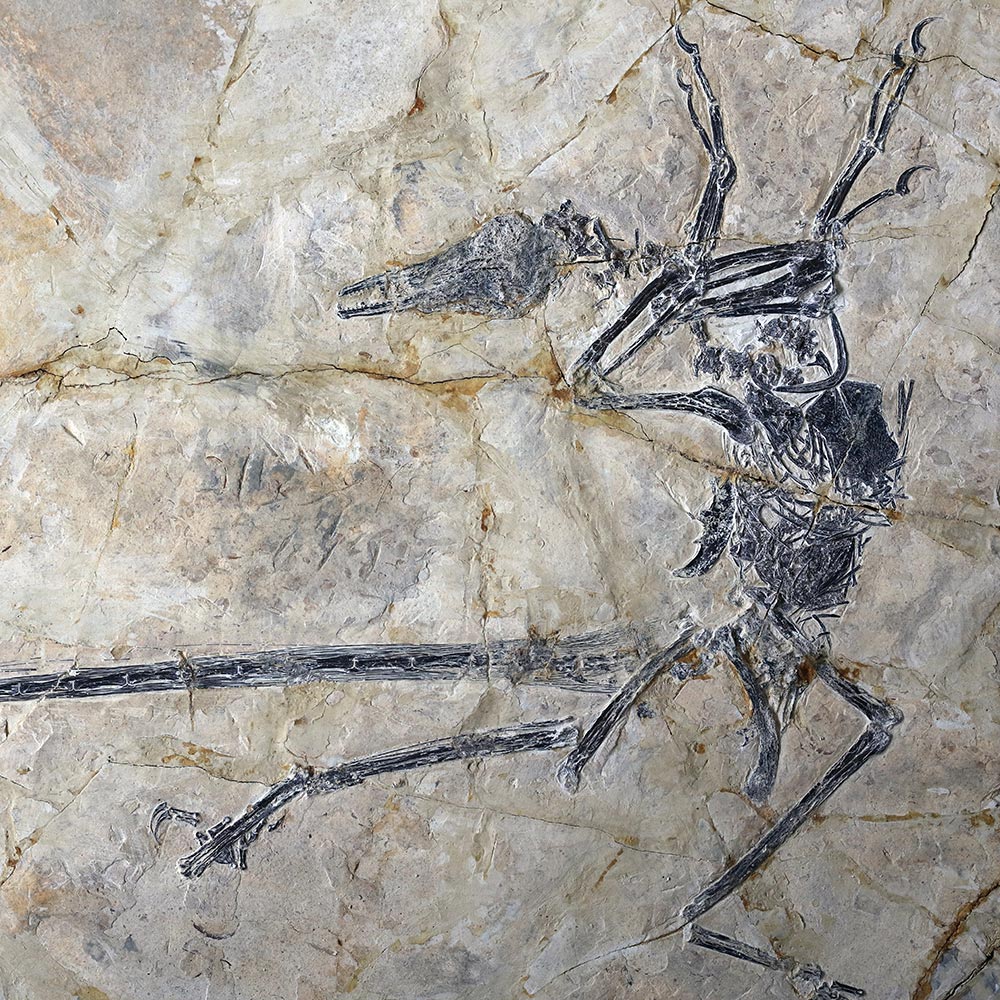
Microraptor’s last meal
I have described two specimens of Microraptor preserving ingested remains. One preserves the articulated remains of an enantiornithine bird; the other preserves the articulated remains of previously unknown species of lizard (named Indrasaurus wangi).
